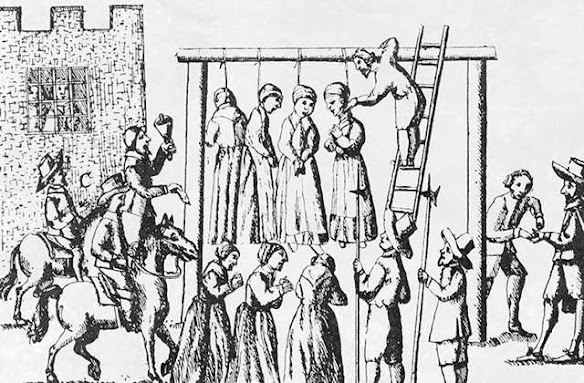The Age of Exterminations: Who Will be Next Victims?
If you think of the story of the witch hunts of the 16th-17th century in Europe, you may be under the impression that the typical witch was an old hag living in a hut at the margins of the village, alone with a black cat.
But no, that wasn’t the case. Maybe this kind of marginal people were occasionally killed for being witches, but they were not the usual victims. In reality, witch hunting had a strong monetary component and it was often carried out with a view on making a profit on the confiscation of the assets of the victims. They were not poor and destitute women but, rather, members of the growing mercantile class in Europe.
The profit-making facet of witch hunting has been often ignored by historians, but it is being reappraised and highlighted in recent times, for instance by Johannes Dillinger (2021) and by Shmakov and Petrov (2018). Both articles are highly suggested and provide a remarkable wealth of data about the financial mechanism that led to witch hunts: in short, there was no (or very little) witch hunting where the government didn’t allow the assets of the victims to be confiscated. Killing witches, then, was just one of the many forms of legalized robbery in history,
…click on the above link to read the rest of the article…
